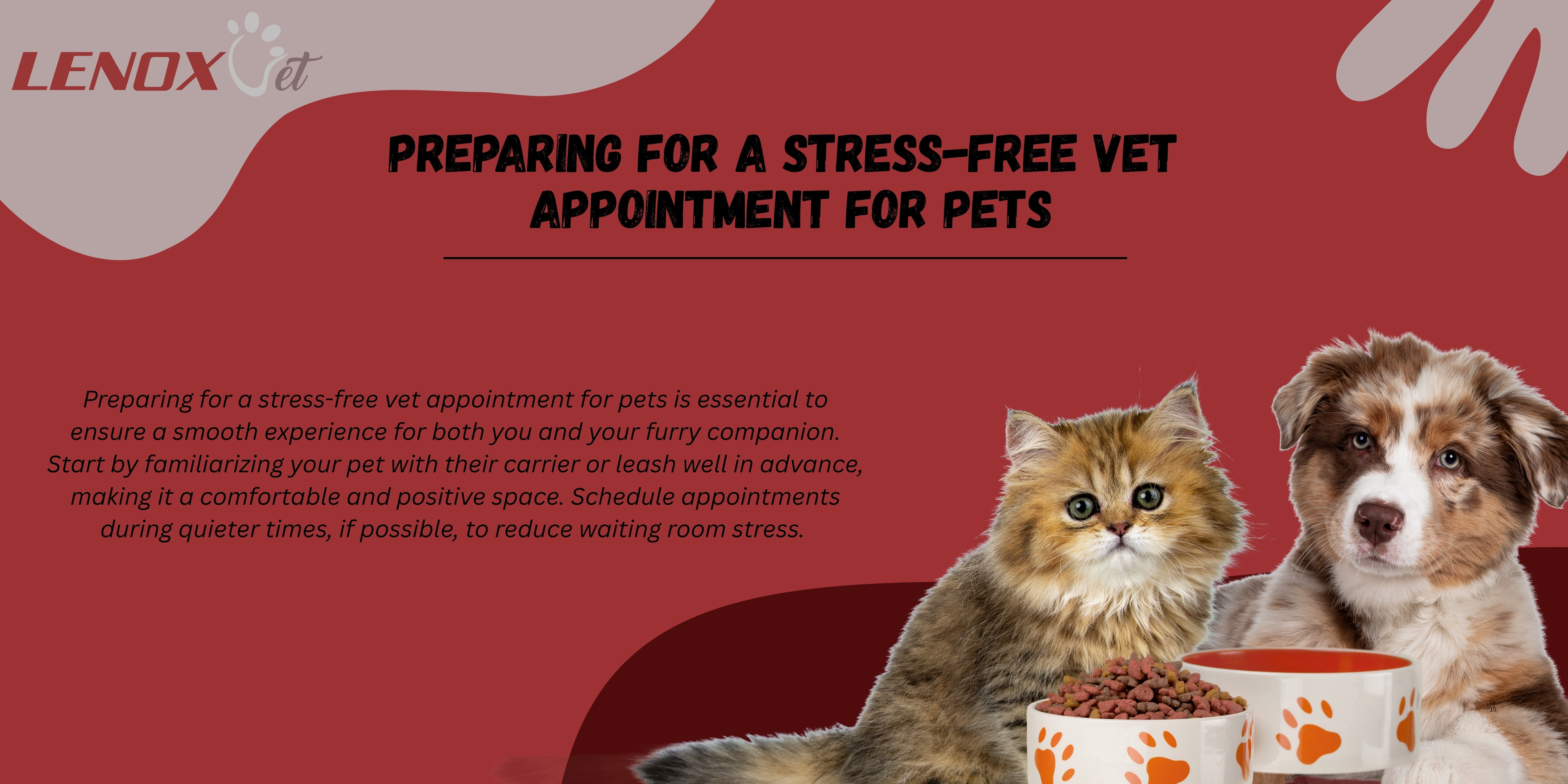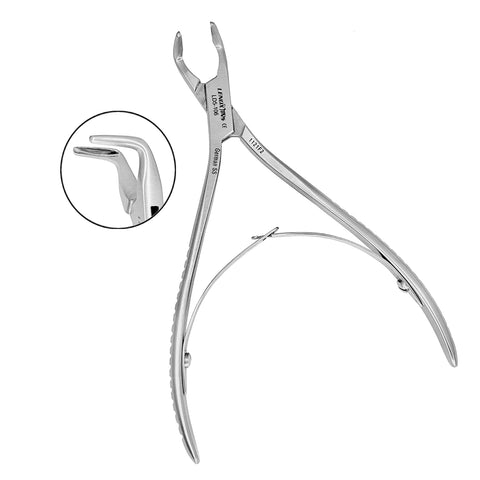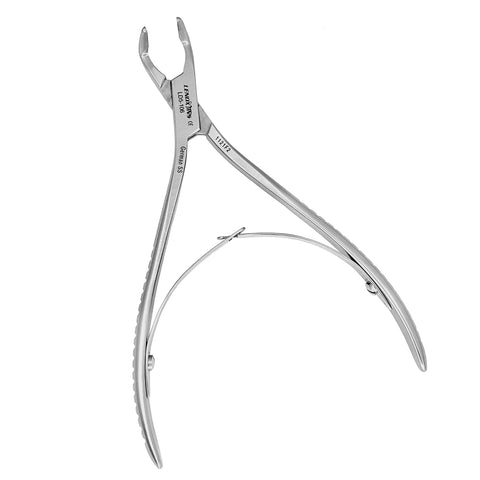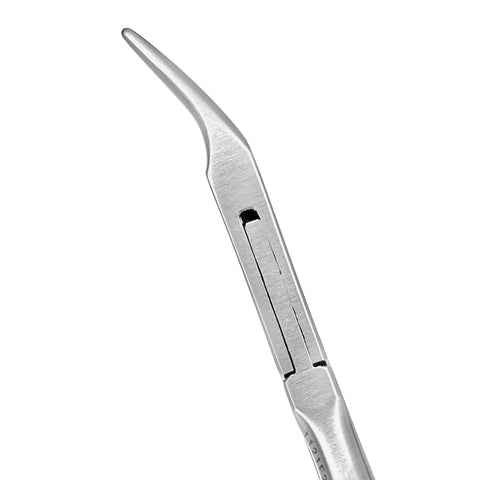
Jun 26 2025
Preparing for a Stress-Free Vet Appointment for Pets
How to Ensure a Stress-Free Vet Visit for Your Pet
When pets experience stress at the vet, it can lead to anxiety for both the animal and its owner. While veterinary visits are essential for maintaining health, stress can compromise examinations, affect diagnostic tests, and complicate treatments. This article explains why pets become stressed at the vet, how to prepare them at home, and what pet owners can do during the visit to ensure a calm experience. By understanding common triggers and behavioral responses, both veterinary learners and pet owners can improve outcomes through preventive techniques and effective communication with staff. Ultimately, reducing stress during vet visits promotes better health outcomes, enhances the overall experience, and strengthens the bond between pet and owner.
In the sections below, we review common causes of stress, preparation techniques such as crate training and desensitization, criteria for selecting pet-friendly clinics, and strategies to manage your pet’s behavior during and after the visit.
Understanding Why Pets Experience Stress at the Vet
Pets are often stressed at the vet due to unfamiliar environments, the presence of anxious animals, or negative past experiences. Unfamiliar clinical smells, cold examination tables, or the sounds of medical instruments can all trigger anxiety in pets that cannot always express their fears.
Common triggers of anxiety in pets
Triggers include sudden noises (e.g., vacuum cleaners), crowded waiting areas, rough handling, and changes in lighting or scents. Even minor stimuli in the sterile clinic environment may significantly increase a pet’s stress levels.
Differences in how cats and dogs react
Dogs may become hyperactive, pant excessively, or show destructive behavior, while cats often withdraw, hide, or vocalize. Recognizing these differences is key; cats benefit from quiet, low-stimulus environments, whereas dogs may respond better to structured activities and calm reassurance.
Signs of stress to watch out for
Common signs include trembling, drooling, rapid breathing, and reluctance to move. Changes in body posture (like a tucked tail or arched back) and behavioral signals such as avoiding eye contact or aggression indicate that a pet is under stress.
Long-term effects of repeated stress
Repeated stress from frequent vet visits can lead to lasting behavioral changes. Chronic anxiety might weaken a pet’s immune system, lead to digestive upset, and even change its perception of future visits. Reducing stress is thus important for both immediate visits and long-term health.
Why early recognition is crucial
Identifying stress triggers early allows caretakers to use calming techniques before anxiety escalates. Observing subtle changes like trembling or reduced responsiveness enables timely intervention, especially for young or medically fragile pets.
Preparing Your Pet at Home Before the Visit
Preparing your pet at home can transform the vet experience from a distressing ordeal into a manageable event. Familiar routines and gentle handling help your pet view the upcoming visit with less fear.
Get your pet used to carriers or leashes
Introduce carriers or leashes slowly. Leave the carrier open at home so your pet can explore it on its own. Practice sessions where the pet enters and exits the carrier with rewards build positive associations, reducing transport-related stress.
Practice gentle handling at home
Regularly handle your pet by gently touching its ears, paws, and tail, simulating a veterinary exam. This routine helps the pet become accustomed to being touched, reducing anxiety during an actual exam.
Calming techniques and desensitization
Techniques such as playing calm music, offering treats, and gentle massage can lower anxiety. Gradual exposure to sounds similar to those in a busy clinic can help desensitize your pet, reducing cortisol levels when faced with stressful stimuli.
Feeding schedule and fasting tips
Keep a regular feeding schedule but consider light feeding before the vet visit to avoid nausea during travel. Fasting for 6 to 8 hours prior may be recommended when procedures require sedation, helping maintain a balanced mood.
Using familiar scents or toys
Bring something familiar to the vet, such as a favorite toy or a blanket carrying your pet’s scent. This comfort item triggers feelings of safety and can significantly reduce anxiety, particularly in cats.
Choosing the Right Veterinary Clinic
Selecting a pet-friendly veterinary clinic with a calm, welcoming environment is critical. Clinics that emphasize gentle handling and clear communication tend to minimize pet anxiety.
What makes a clinic pet-friendly?
A pet-friendly clinic features soothing color schemes, low noise levels, and safe, separate waiting areas. Design elements such as non-slip flooring and soft lighting help create a secure environment for pets.
Importance of staff training and demeanour
Staff trained in fear-free handling techniques and compassionate communication can significantly lower a pet’s stress. A professional, low-stress environment not only comforts the animal but also builds trust with pet owners.
Look for fear-free certified practices
Fear-free certifications indicate that a clinic adheres to protocols designed to reduce anxiety. Such practices include humane handling and environmental modifications that provide reassurance during the visit.
Reviews and testimonials from other pet parents
Feedback from other pet owners can offer insight into the quality of care and the clinic’s ability to reduce pet anxiety. Consistent positive reviews often reflect a lower incidence of stress during visits.
Availability of separate cat/dog waiting areas
Clinics with designated waiting areas for cats and dogs help prevent cross-species anxiety. When pets are kept separate, incidents of aggression and stress are reduced, creating a calmer overall atmosphere.
The Role of the Pet Owner During the Visit
Your behavior as an owner plays a vital role in influencing your pet’s stress level during a vet visit. A calm, supportive presence reassures your pet and contributes to a smoother examination process.
Your energy and presence matter
Pets are highly sensitive to their owner’s emotions. Keeping calm, taking a few deep breaths before entering the exam room, and maintaining a composed demeanor can help your pet remain relaxed.
How to comfort your pet during exams
Stay close to your pet during the exam. Using gentle physical contact, soft words, and offering a familiar toy or treat can distract and comfort your pet, easing their anxiety.
Communicating concerns clearly with your vet
Discuss any observed signs of stress with your veterinarian, including past experiences and unique triggers. Clear communication allows the vet to tailor their approach, potentially allotting more time or alternative methods to keep your pet calm.
Avoiding punishments or restraints
Avoid using harsh restraints or punitive measures, as these can increase fear. Instead, rely on gentle, measured restraint combined with positive reinforcement to help your pet associate the clinic with comfort rather than distress.
Staying calm and supportive
Throughout the visit, continuous reassurance and a calm demeanor help your pet feel secure. When you and your veterinarian work as a team, the pet can relax, making procedures more efficient and less stressful.
Travel Tips for a Calm Arrival
The travel phase of a vet visit is another source of stress for many pets. Simple, strategic measures can help ensure a calm journey.
Crate training for stress-free transport
Introduce crate training well in advance. A familiar crate becomes a secure retreat during transit. Gradual conditioning with rewards can significantly lower travel anxiety.
Car temperature and noise control
Ensure the car interior is comfortable—not too hot or cold—and minimize excessive noise by using sun shades, partially closed windows, and low-volume, soothing music. Such measures help maintain a relaxed state during transit.
Avoiding rush hour or loud environments
Plan your vet visit during less busy times to avoid traffic noise and hectic environments. A quiet journey helps keep your pet’s stress levels low.
Pheromone sprays and natural calming aids
Consider using pheromone sprays or diffusers in the car. These products release calming scents similar to those naturally produced by a mother, which can help reduce cortisol levels during travel.
Short practice drives before the big day
Conduct short, low-stress practice drives to help your pet become familiar with car travel. Gradually increase drive duration to build tolerance, ensuring a smoother transition on the actual day of the visit.
Techniques Used by Vets to Reduce Stress
Veterinarians employ various techniques to ensure that pet exams are as stress-free as possible. These methods combine gentle handling, distraction, and, when necessary, pharmacological aids.
Gentle handling methods
Using soft talking, slow movements, and careful physical contact, veterinary teams work to avoid triggering a pet’s fight-or-flight response. Such gentle handling has been shown to reduce stress markers significantly.
Minimally invasive examination techniques
Vets use minimally invasive techniques—such as digital thermometers, gentle palpation, and non-restrictive positioning—to minimize discomfort. Offering treats or toys during the exam further distracts the pet from the clinical environment.
Use of treats and distractions
Treats and distractions are practical tools for keeping a pet focused on positive stimuli during stressful procedures. Many clinics use treat-dispensing devices to help maintain the pet’s cooperation throughout the exam.
Sedation or anti-anxiety meds when needed
For pets that remain highly anxious despite other measures, mild sedatives or anti-anxiety medications may be used. These are carefully dosed based on the pet’s size and health, reducing stress and facilitating smoother examinations.
In-room waiting options
Some clinics offer in-room waiting, allowing the pet to remain with the owner during procedures. This option limits exposure to potentially stressful waiting areas and helps maintain a familiar, controlled environment.
Post-Visit Care and Monitoring
After the vet visit, it is important to help your pet recover and adjust back to a relaxed state. Post-visit care reinforces positive associations and ensures any delayed stress responses are addressed.
Offering treats and praise afterward
Immediately after the visit, reward your pet with treats and verbal praise. This reinforces a positive experience and helps return their emotional state to calm.
Watch for delayed stress reactions
Monitor your pet for signs of delayed stress, such as lethargy or loss of appetite. Early detection of these symptoms allows you to implement additional calming measures or seek further guidance from your vet.
Logging behavioural patterns for next visit
Keeping a journal of your pet’s behavior during and after visits can reveal patterns that inform future care strategies. This record helps the veterinary team adjust their approach for subsequent visits.
Calming downtime at home
After returning home, create a quiet space with dim lighting, soft music, and familiar scents to help your pet decompress. A calm routine, such as a slow walk or cuddle, supports emotional recovery.
Following up with questions or concerns
Maintain communication with the veterinarian. Discuss any lingering concerns or unusual behaviors after the visit to ensure your pet’s recovery remains on track.
Products and Tools to Help Reduce Pet Anxiety
Numerous products can complement behavioral strategies in reducing pet anxiety before, during, and after veterinary visits.
Pheromone diffusers and calming sprays
These devices release synthetic pheromones that mimic natural calming scents. They can be used in waiting areas or travel crates to help lower anxiety levels.
Thunder Shirts or calming wraps
Pressure wraps, like Thunder Shirts, provide a gentle, constant hug-like pressure that can soothe pets during stressful times, such as during thunderstorms or vet visits.
Travel crates and carriers
Modern travel carriers designed for pet comfort feature soft interiors and secure ventilation. When used with gradual training, these carriers significantly reduce travel anxiety.
Natural supplements (CBD, chamomile)
Some natural supplements, including CBD oil, chamomile, and valerian root, have calming effects on pets. Always consult your veterinarian regarding proper dosage before using these supplements.
Calming music or white noise machines
Playing gentle, rhythmic music or using white noise machines can mask disruptive sounds and help your pet maintain a relaxed state, both in the clinic and during travel.
Benefits of Fear-Free Vet Visits
Fear-free veterinary visits offer many benefits. When pets are calm, examinations and treatments are more efficient, diagnostic accuracy improves, and the risk of injury decreases. Regular, stress-free visits build trust and encourage proactive health monitoring.
Stronger bond between pet and owner
A calm veterinary experience fosters trust between pet and owner. Positive experiences build a foundation for future visits, making regular check-ups less intimidating for your pet.
Easier long-term medical management
Reduced anxiety makes it easier to administer vaccinations, treatments, and routine tests. A consistent, stress-free approach improves overall health management and long-term outcomes.
Reduced health risks from chronic stress
By lowering chronic stress, fear-free visits reduce cortisol levels, prevent immune suppression, and decrease the risk of stress-related health issues.
Better diagnostic accuracy
Calm pets provide more reliable physical responses, allowing veterinarians to achieve more accurate diagnostic readings and create effective treatment plans.
More frequent and proactive vet care
When vet visits are stress-free, pet owners are more likely to schedule regular check-ups, leading to early detection of potential issues and improved long-term health.
When to Seek Help from a Pet Behaviorist
If your pet continues to experience overwhelming anxiety despite home preparations and a supportive clinic environment, it may be time to consult a pet behaviorist for specialized intervention.
Signs professional help is needed
Persistently stressed behaviors such as refusal to eat, prolonged hiding, or uncontrollable aggression indicate that home-based techniques are insufficient and professional help is needed.
Role of veterinary behaviourists
Veterinary behaviorists specialize in addressing behavioral issues through tailored management plans. They work with both pet owners and vets to implement strategies that combine behavior modification, environmental adjustments, and, if needed, medication.
Integration of behaviour plans with vet care
Combining a behavior modification plan with routine veterinary care leads to a holistic approach. This collaboration ensures that both the physical and emotional needs of your pet are addressed.
Preventing long-term phobias
Early intervention helps prevent the development of deep-seated phobias. Addressing stress triggers promptly can stop negative associations from becoming lifelong issues.
Working alongside trainers and vets
A coordinated team approach—bringing together pet behaviorists, trainers, and veterinarians—ensures that your pet receives consistent care and support, addressing both immediate and long-term needs.
Creating a Positive Routine for Future Visits
Establishing a positive routine can transform future vet visits into a less stressful, more predictable part of your pet’s life.
Keeping a vet visit journal
Document each visit to track your pet’s behavior and responses to various techniques. This journal helps identify what works best and guides adjustments for future visits.
Consistency and gradual desensitization
Regular exposure to the vet environment through brief, positive visits builds familiarity and confidence. Consistent routines help your pet view each visit as a normal, non-threatening event.
Turning visits into positive experiences
Reward your pet immediately after a vet visit with treats, affection, or a favorite activity. These positive reinforcements help create a lasting, favorable association with vet care.
Regular checkups as training opportunities
Consider every checkup as an opportunity to practice gentle handling and stress-reduction techniques. Over time, this integration of care and training builds a resilient, stress-free approach toward health visits.
Building trust over time
A routine that consistently emphasizes comfort and positive reinforcement not only eases immediate stress but also builds long-term trust between your pet, you, and your veterinary team.
Frequently Asked Questions
Q: What are the common signs that my pet is stressed at the vet?
A: Signs include trembling, rapid breathing, drooling, a tucked tail or arched back, reluctance to move, and excessive vocalization or hiding.
Q: How can I prepare my pet at home for a vet visit?
A: Familiarize your pet with carriers and leashes, practice gentle handling, introduce calming techniques such as soft music and treats, and bring familiar scents or toys to build positive associations.
Q: Why is it important to choose a pet-friendly veterinary clinic?
A: A pet-friendly clinic features calming environments, separate waiting areas, and staff trained in fear-free handling, all of which help lower your pet’s anxiety during the visit.
Q: What role does my own behavior play during the vet visit?
A: Your calm and supportive demeanor directly influences your pet’s stress level. Positive communication and gentle physical reassurance help maintain a relaxed environment.
Q: When should I consider seeking help from a pet behaviorist?
A: If your pet shows persistent anxiety—such as refusing to eat, constant hiding, or unmanageable aggression—it may be time to consult a pet behaviorist for specialized intervention.
Q: Which products are most effective in reducing pet anxiety during vet visits?
A: Effective products include pheromone diffusers, calming sprays, thunder shirts, quality travel crates, natural supplements (like CBD oil), and calming music or white noise machines.
Q: How can I help my pet recover from stress post-visit?
A: Offer treats and calm praise, create a peaceful home environment, monitor for delayed stress reactions, and keep a journal to identify any changes in behavior for future adjustments.
Final Thoughts
A stress-free veterinary visit begins long before setting foot in the clinic. By understanding your pet’s stress triggers, preparing them at home with gradual desensitization and positive reinforcement, and selecting a supportive clinic with well-trained staff, you can significantly reduce anxiety. Consistency in care and a calm home environment further ensure that each visit is a positive experience, ultimately strengthening the bond between you and your pet while promoting better overall health.














